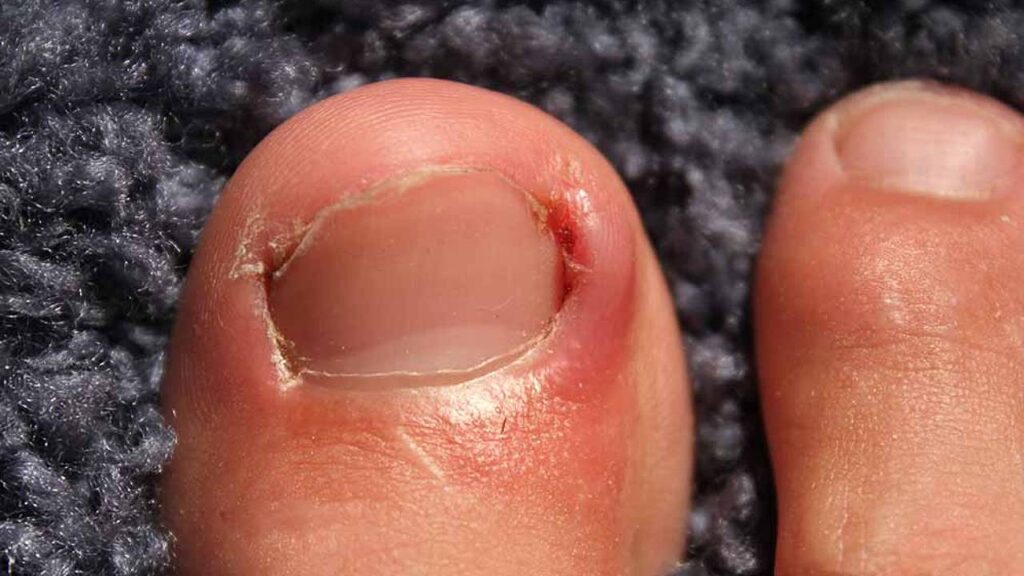
Toenail Removal in Singapore
Ingrown toenails are a common foot problem that can cause pain, swelling, and infection. In some cases, ingrown toenails may require removal to prevent complications and promote healing. In this article, we’ll discuss what you need to know about ingrown toenail removal in Singapore.
When Is Ingrown Toenail Removal Necessary?
Ingrown toenail removal is necessary when conservative treatments, such as soaking the foot in warm water or wearing comfortable shoes, fail to relieve pain or resolve the condition. Additionally, if the ingrown toenail is causing an infection, removal may be necessary to prevent the infection from spreading.
Ingrown toenail removal may also be recommended if the condition is recurrent or if the toenail is misshapen or deformed.
What Are the Ingrown Toenail Removal Procedures in Singapore?
There are several ingrown toenail removal procedures available in Singapore, including:
- Partial toenail removal: In this procedure, the foot specialist will remove the portion of the toenail that is growing into the skin. This is typically done under local anesthesia to minimize pain and discomfort.
- Total toenail removal: If the ingrown toenail is severe or recurrent, the foot specialist may recommend removing the entire toenail. This is typically done under local anesthesia, and a new toenail will grow in its place over time.
- Laser treatment: In some cases, a foot specialist may use a laser to remove the ingrown portion of the toenail. This is a minimally invasive procedure that can be done under local anesthesia.
What to Expect After Ingrown Toenail Removal
After ingrown toenail removal, it is normal to experience some pain, swelling, and redness around the affected area. The foot specialist may recommend over-the-counter pain relievers or prescribe medication to manage pain and prevent infection.
It is important to keep the affected area clean and dry, and to follow the foot specialist’s instructions for caring for the wound. Depending on the type of procedure, it may take several weeks for the toe to fully heal.
Preventing Ingrown Toenails
To prevent ingrown toenails from developing in the future, it is important to practice good foot hygiene and nail care. This includes trimming toenails straight across, wearing comfortable shoes that fit properly, and avoiding trauma to the toenail.
Conclusion
Ingrown toenail removal may be necessary to relieve pain, prevent infection, and promote healing. If you are experiencing symptoms of an ingrown toenail, seek medical attention from a foot specialist in Singapore. With proper treatment and care, you can prevent complications and maintain healthy, pain-free feet.


